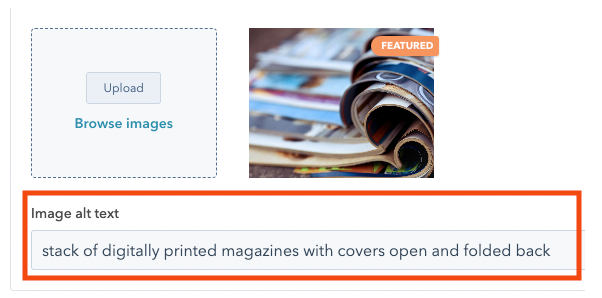Search engine optimization (SEO) is no simple task. As marketers learn more about search engine’s algorithms and crawlers, best practices for optimizing and increasing organic rank develop. As you find yourself looking to implement SEO on your website, make sure you are taking time to implement these best practices for meta tags.
Meta Tags for SEO Explained
If you are new to the SEO process, this could be the first you’re hearing of meta tags. Meta tags are “invisible” tags only seen in HTML that provide data about your page to search engines and how it displays to website visitors. These bits of information you provide about your webpage can be optimized with keywords to help you climb search engine ranks organically. There are different types of meta tags, some more important than others, that should be addressed for a fully optimized webpage.
What is a Meta Tag Title?

Also known as a title link, meta titles are the page titles that Google and most other search engines show in search results. Because this is the piece of information users will read first and the primary piece of information used to decide whether or not to click, it’s critical to give users a quick glimpse into the content of your webpage and show why it’s relevant to their search query.
When creating title tags, keep these best practices in mind:
- Limit title tags to 60 or less characters
- Include important keywords in the beginning of the title
- Titles should be unique for each page
- Make sure the title effectively communicates the page’s content, but make it brief and concise
What is a Meta Description?

Located just below the title tag on search engine result pages (SERPs), is the snippet or meta description. A meta description is a short, optimized summary of the page’s content. If your title tag catches a user’s attention, the meta description will help them get a clearer picture of what they will find on the page when they click.
Just like a meta title tag, there are best practices for meta descriptions you should follow for better optimization:
- The ideal meta description length should be 150 to 160 characters, including spaces. (Any longer and you risk the end of the description being cut off and users unable to read it)
- Descriptions should be unique for each page
- Make sure your descriptions are truly descriptive and relevant to the page’s content
What is Alt Text?

One very important element of SEO you may be overlooking is image optimization. Alt text provides a text alternative to images which will be displayed if the image doesn’t load, or will be read out by a screen reader for visually impaired users; it also tells search engines what that image is meant to represent. For SEO, you can include keywords in your image alt text. However, only use keywords if it makes sense to do so. If not, it will negatively affect the user experience for your visitors with accessibility needs.
Best practices for writing alt text:
- Be specific
- Write what you see
- Never start with “Image of …” or “Picture of …” but describe the type of image, i.e. headshot, illustration, chart, screengrab
- Transcribe any text within the image
Importance of Optimizing Metadata
As mentioned earlier, meta tags are designed to tell your users and search engines important information about your website. With these pieces of code informing crawlers and users what your webpage content consists of, you have a better chance of making your website stand out in the SERPs leading to increased traffic and leads.
It’s important to keep in mind that search engine’s algorithms put value on a user experience. If your website is able to satisfy a user’s query through optimized metadata, your site is seen as a credible, more authoritative source by search engines.
Meta titles, meta descriptions, and alt text aren’t displayed in the pages the user sees, so it’s easy to let this content slide, but high-quality meta data displayed in SERPs can go a long way to improving the quality and quantity of your search traffic.
SEO has made major impacts in the role of a digital marketer over the last decade, and it’s not going anywhere. There will only be more ways to optimize for search engines as time goes on. Make sure you’re staying up-to-date with the latest best practices for search engine optimization as you execute your digital marketing plan. If you need help planning SEO strategy or optimization implementation, Ironmark’s full service agency can partner with you to accomplish these goals. Contact us today to get started on your digital marketing journey.




